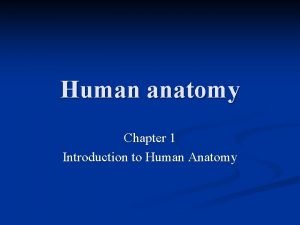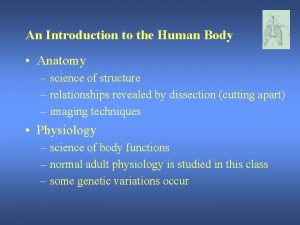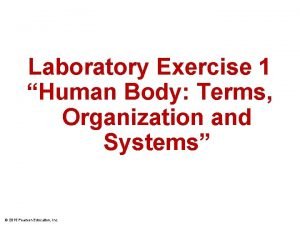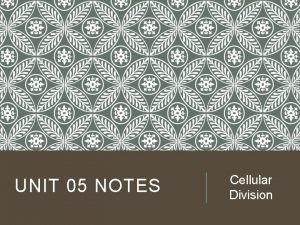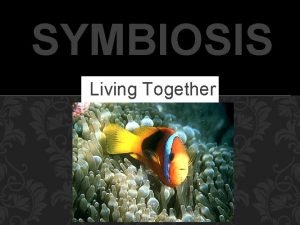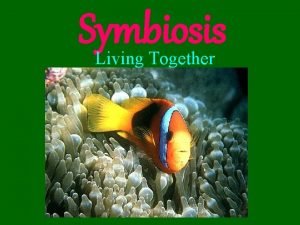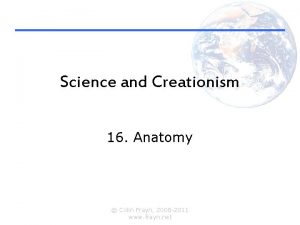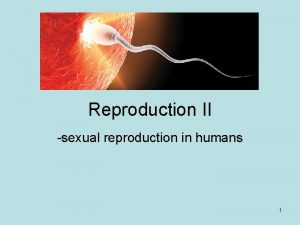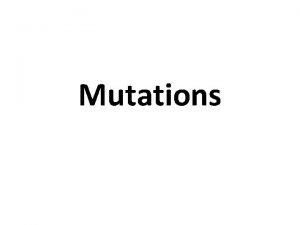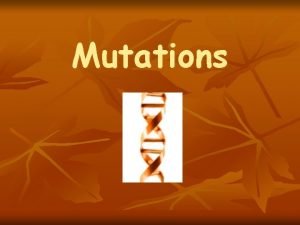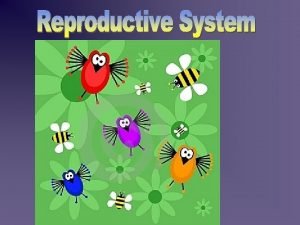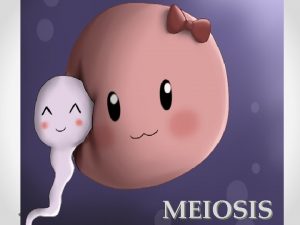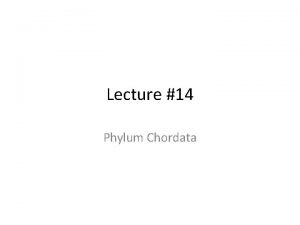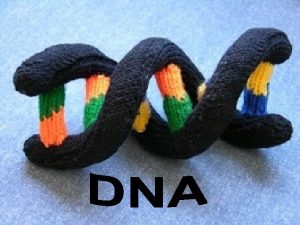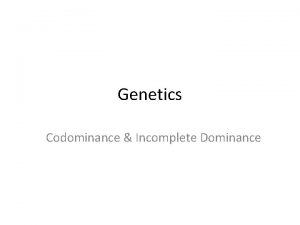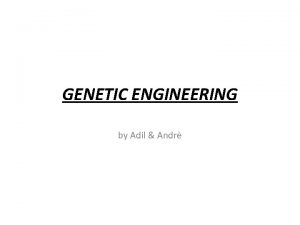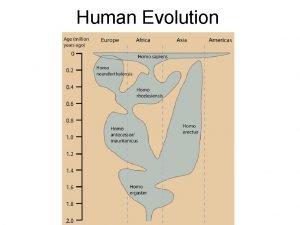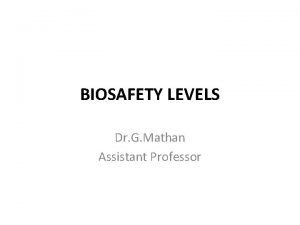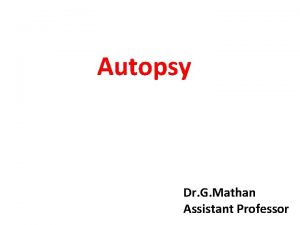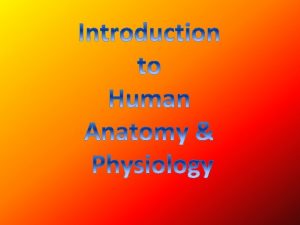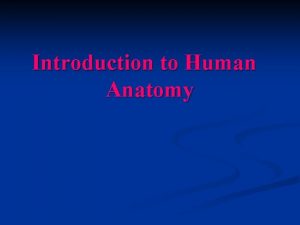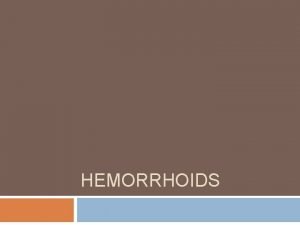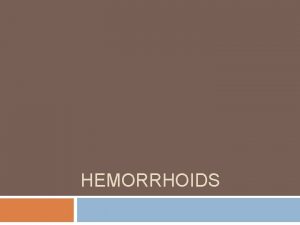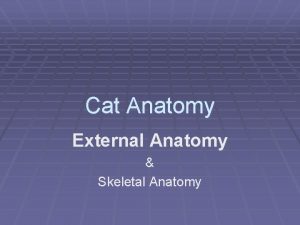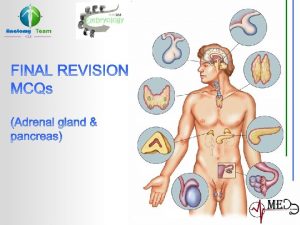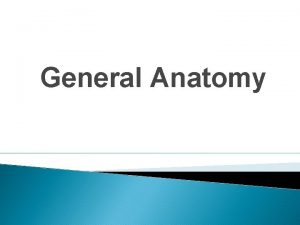HUMAN ANATOMY Dr G MATHAN CLASSIFICATION OF HUMANS














































- Slides: 46

HUMAN ANATOMY Dr. G. MATHAN

CLASSIFICATION OF HUMANS n Classification Scheme ¨ Kingdom: Animalia ¨ Phylum: Chordata ¨ Subphylum: Vertebrata ¨ Class: Mammalia ¨ Order: Primate ¨ Family: Hominidae ¨ Genus: Homo ¨ Species: Sapiens n Scientific Binominal: Homo sapiens

Introduction to Anatomy (a)

Overview of Anatomy n Anatomical terminology from ancient Greek and Latin Study of structure of body n Branches of anatomy n ¨ ¨ Gross anatomy (or) Morphological Anatomy – naked eye Microscopic anatomy (or) Histology n n ¨ Developmental anatomy n ¨ ¨ n Cytology. Histochemistry Embryology- Development of organ & tissue before birth Applied Anatomy or Clinical anatomy- Understanding diseases Comparative Anatomy-Different animals Hierarchy of structural organization from simplest to most complex

Structural organization from simplest to most complex n n n Chemical Cellular Tissue – group of cells similar in structure and function Organ – 2 or more tissue types performing specific function Organ system – group of organs acting together to perform specific function Human organism

Anatomical Terminology v Anatomic position is a specific body position in which an individual stands upright with the feet parallel and flat on the floor. v The head is level, and the eyes look forward toward the observer. v The arms are at either side of the body with the palms facing forward and the thumbs pointing away from the body.

Body Planes Sometimes to gain a greater understanding of 3 D images anatomists cut the image at different planes n Three planes exists in 3 D space -Two are parallel to the long axis of the body -One is perpendicular to the long axis. n

Anatomical Terminology v. A plane is an imaginary surface that slices the body into specific sections. v. The three major anatomic planes of reference are the coronal, transverse, and sagittal planes.

Sections and Planes A coronal plane, also called a frontal plane, is a vertical plane that divides the body into anterior (front) and posterior (back) parts.

Sections and Planes v A transverse plane, also called a cross-sectional plane or horizontal plane, cuts perpendicularly along the long axis of the body or organ separating it into both superior (upper) and inferior (lower) parts.

Sections and Planes v A sagittal plane or median plane, extends through the body or organ vertically and divides the structure into right and left halves.

Sections and Planes v A sagittal plane in the body midline is a midsagittal plane. v A plane that is parallel to the midsagittal plane, but either to the left or the right of it, is termed a parasagittal (or sagittal) plane. v A minor plane, called the oblique plane, passes through the specimen at an angle.

Directional Terms of the Body v. Directional terms are precise and brief, and for most of them there is a correlative term that means just the opposite.

Relative and Directional Terms of the Body v Relative to front (belly side) or back (back side) of the body : § Anterior = In front of; toward the front surface § Posterior = In back of; toward the back surface § Dorsal =At the back side of the human body § Ventral = At the belly side of the human body

Relative and Directional Terms of the Body v Relative to the head or tail of the body: § Superior = Toward the head or above § Inferior = Toward feet not head § Caudal = At the rear or tail end § Cranial = At the head end

Relative and Directional Terms of the Body v Relative to the midline or center of the body: § Medial = Toward the midline of the body § Lateral = Away from the midline of the body § Deep = On the inside, underneath another structure § Superficial = On the outside

Relative and Directional Terms of the Body v Relative to point of attachment of the appendage: § Proximal = Closest to point of attachment to trunk § Distal = Furthest from point of attachment to trunk

Alternate Terms Ventral (= Anterior)- Palmar n Dorsal (= Posterior)- Dorsum n

Body Regions v. The human body is partitioned into two main regions, called the axial and appendicular regions. § the axial region includes the head, neck, and trunk which comprise the main vertical axis of our body § our limbs, or appendages, attach to the body’s axis and make up the appendicular region



Anatomical Variability Humans vary slightly in both external and internal anatomy n Over 90% of all anatomical structures match textbook descriptions, but: n Nerves or blood vessels may be somewhat out of place ¨ Small muscles may be missing ¨ n Extreme anatomical variations are seldom seen

Body Cavities n Dorsal cavity protects the nervous system, and is divided into two subdivisions ¨ Cranial cavity – within the skull; encases the brain ¨ Vertebral cavity – runs within the vertebral column; encases the spinal cord n Ventral cavity houses the internal organs (viscera), and is divided into two subdivisions ¨ Thoracic ¨ Abdominopelvic

Other Cavities Oral cavity n Nasal cavity n Orbital cavities n Middle ear cavities n Synovial cavities n

Body Cavities Cranial cavity (contains brain) Thoracic cavity (contains heart and lungs) Dorsal body cavity Diaphragm Vertebral cavity (contains spinal cord) Abdominal cavity (contains digestive viscera) Key: Pelvic cavity (contains bladder, reproductive organs, and rectum) Dorsal body cavity Ventral body cavity (a) Lateral view Figure 1. 9 a

Ventral Body Cavity Membranes Called serous membranes or serosa ¨ Serous cavities are slit-like spaces lined by serous membranes (serosa): Parietal serosa forms the outer wall of the cavity n Visceral serosa covers the visceral organ n ¨ Serous ¨ Other joints fluid separates the serosae smaller cavities: in head, between

Serous Membrane Relationship Figure 1. 10 a

Naming of serous membranes (serosa) 1. ) parietal or visceral Parietal serosa forms the outer wall of the cavity Visceral serosa covers the visceral organ 2. ) pericardial, pleural, or peritoneal* Pericardial: heart Pleural: lungs Peritoneal: abdominal

Abdominal Divisions n Quadrants: 4 ¨ Right Upper Quadrant ¨ Right Lower Quadrant ¨ Left Upper Quadrant ¨ Left Lower Quadrant

Abdominal Divisions n Regions: 9 ¨ Rt Hypochondriac region ¨ Rt Lumbar region ¨ Rt Iliac (Inguinal) region ¨ Epigastric region ¨ Umbilical region ¨ Hypogastric (Pubic) region ¨ Lt Hypochondriac region ¨ Lt Lumbar region ¨ Lt Iliac (Inguinal) region

Organ systems n n n n n Skeletal Muscular Nervous Endocrine Cardiovascular Lymphatic/immune Respiratory Digestive Urinary Reproductive

Integumentary System n Components ¨ Skin ¨ Hair, n nails Function ¨ External covering ¨ Protection ¨ Synthesis of Vitamin D ¨ Location of Sense receptors

Skeletal System n Components ¨ Bones ¨ Joints n and adjacent cartilages Function ¨ Support ¨ Protection ¨ Movement ¨ Blood cell production (red bone marrow) ¨ Mineral storage (calcium and phosphorus)

Muscular System n Components ¨ Skeletal Muscles ¨ Associated Connective Tissues (tendons) n Function ¨ Locomotion ¨ Manipulation of the environment ¨ Facial expression (communication) ¨ Maintain posture ¨ Produce heat

Circulatory System n Components ¨ Cardiovascular System ¨ Lymphatic System n Function ¨ Transportation of materials ¨ Within the body ¨ To and from internal and external environments

Cardiovascular System n Components ¨ Heart ¨ Vessels n Function ¨ Transportation of blood ¨ Blood contains O 2 and CO 2, nutrients, wastes, etc. ¨ Blood composed of plasma and cells

Lymphatic System n Components ¨ Lymphatic Organs (spleen, lymph nodes, thymus, etc. ) ¨ Lymphatic Vessels n Function ¨ Transportation of lymph ¨ Lymph is derived from tissue fluid ¨ Houses white blood cells

Immune System n Components ¨ Immune Organs (red bone marrow, thymus, etc. ) ¨ White blood cells (lymphocytes, macrophages, etc. ) n Function ¨ Defense (Immune response)

Nervous System n Components ¨ Brain, Spinal cord (CNS) ¨ Nerves (PNS), sense receptors n Function ¨ Control system (fast, “hard wired”) ¨ Response to external and internal environments

Endocrine System n Components ¨ Glands that secrete hormones ¨ E. g. : Pituitary, pancreas, ¨ thyroid n Function ¨ Control system (slow, “chemical”) ¨ Regulates processes such as growth, reproduction and nutrient use

Respiratory System n Components ¨ Lungs ¨ Tubing ( trachea, bronchus, etc. ) ¨ Larynx (vocal cords) n Function ¨ Exchange of respiratory gases (O 2 and CO 2) ¨ Between blood and atmosphere ¨ Voice production

Digestive System n Components ¨ Alimentary canal (mouth, pharynx, esophagus, stomach, small intestine, large intestine) ¨ Accessory structures(liver, salivary glands, etc. ) n Function ¨ Break down food into small, absorbable pieces ¨ Between blood and lumen ¨ Eliminate waste

Urinary System n Components ¨ Kidneys, Ureters, Urinary bladder, Urethra n Function ¨ Eliminate waste (nitrogen) from blood ¨ Between blood and external environment ¨ Regulates water, electrolytes, acid/base

Reproductive System n Components ¨ Male Reproductive System ¨ Female Reproductive System n Function ¨ Perpetuation of the species ¨ Hormones influence structure and function ¨ Sexually bimorphic species

Reference n Text Book of Anatomy- Inderbir Singh, Jaypee Brothers Medicinal Publishers (P) Ltd, Delhi. 110 002 q Anatomy and Physiology for Nurses Jaypee Brothers Medicinal Publishers (P) Ltd, Delhi. 110 002

Acknowledgement v The Presentation is being used for educational and non commercial purpose v Thanks are due to all those original contributors and entities whose pictures used for making this presentation.
 Kingdom phylum class order of humans
Kingdom phylum class order of humans Human anatomy and physiology seventh edition marieb
Human anatomy and physiology seventh edition marieb Chapter 1 introduction to human anatomy and physiology
Chapter 1 introduction to human anatomy and physiology Dorsal and ventral side
Dorsal and ventral side Olecranal region
Olecranal region Holes essential of human anatomy and physiology
Holes essential of human anatomy and physiology Chapter 1 introduction to human anatomy and physiology
Chapter 1 introduction to human anatomy and physiology Female external genitalia
Female external genitalia Human anatomy images
Human anatomy images Chapter 2 human reproductive anatomy and physiology
Chapter 2 human reproductive anatomy and physiology Anatomy of the human ovary
Anatomy of the human ovary Paratubular cyst
Paratubular cyst Human anatomy terminology
Human anatomy terminology About stomach
About stomach Trunk body part image
Trunk body part image Human anatomy slide
Human anatomy slide Anatomy and physiology ninth edition
Anatomy and physiology ninth edition Human anatomy fifth edition
Human anatomy fifth edition Human anatomy fifth edition
Human anatomy fifth edition Brisbane classification of liver anatomy
Brisbane classification of liver anatomy Introduction of transport
Introduction of transport Teixits humans
Teixits humans Effects of inbreeding in humans pictures
Effects of inbreeding in humans pictures Nickname
Nickname A sexual reproduction in humans
A sexual reproduction in humans 23 chromosome pairs
23 chromosome pairs Cat classification chart
Cat classification chart Symbiosis powerpoint
Symbiosis powerpoint Mutualism
Mutualism Equity theory in organisational behaviour
Equity theory in organisational behaviour Gill pouches in humans
Gill pouches in humans Reproduction human
Reproduction human Lytta virus symptoms
Lytta virus symptoms Where did humans originate
Where did humans originate Highest speed a human can run
Highest speed a human can run What is a beneficial mutation in humans
What is a beneficial mutation in humans What is a helpful mutation
What is a helpful mutation Where does meiosis occur? *
Where does meiosis occur? * Number of chromosomes in meiosis
Number of chromosomes in meiosis Tetrad chromosome
Tetrad chromosome Classification of chordata
Classification of chordata Inherited traits and learned behaviors 5th grade
Inherited traits and learned behaviors 5th grade Do humans share 50 of their dna with bananas
Do humans share 50 of their dna with bananas Human ingenuity essay
Human ingenuity essay How do humans affect the water cycle
How do humans affect the water cycle Codominance
Codominance Research on the pros and cons of genetic engineering
Research on the pros and cons of genetic engineering




